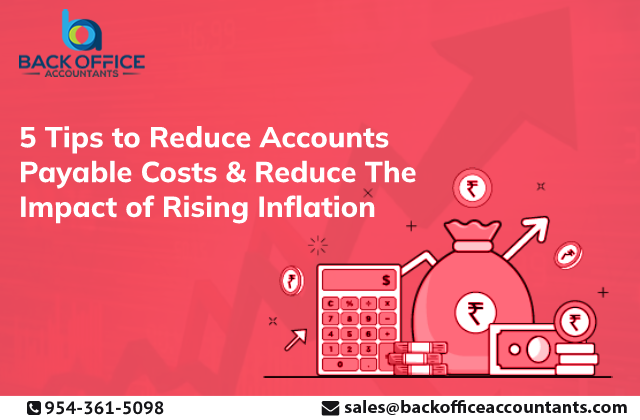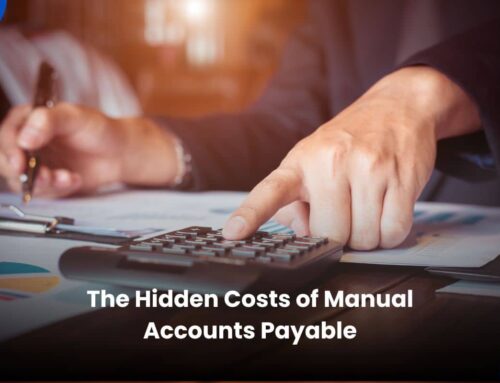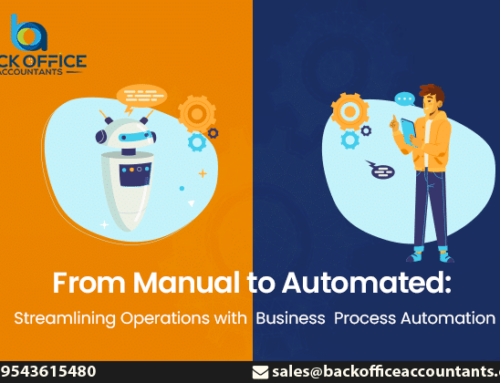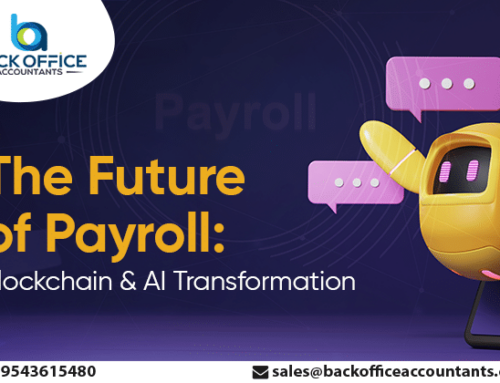As of December 2021, the year-on-year inflation was recorded at 7% – an all-time high since the year 1982. Like the pandemic, this surge in inflation has its impact on all types of businesses across the globe.
Supply chain bottlenecks, labour shortages that coincided with strong consumer demand triggered a the rapid surge in cost of raw materials, shipping and fulfilment charges and manufacturing and overhead costs to give rise to the highest inflation rate in decades.
While inflation impacts a business in myriad ways – all culminate in a reduction in gross margin.
Two Ways Out – Increase the Prices & Reduce the Expenses:
Businesses can offset the impact of inflation by increasing prices and reducing overhead expenses by optimizing internal operations. That said, increasing the prices, depends on several other factors.
For example, inflation may also reduce the purchasing power of the consumer who now compares the product looking for better value. Small and medium businesses selling non-essential goods and services, with less legroom to innovate often find it difficult to justify the price rise.
However, every business can reduce the overhead and internal expenses by optimizing its internal operations and in this blog, with the inputs from our AP experts at Back Office Accountants we explain how a business can improve its Accounts Payable to reduce expenditure and even save money.
5 Tips to Reduce Accounts Payable Costs & Reduce the Impact of Rising Inflation:
A business’s payment obligations not only impact its working capital in hand but also affect the cash conversion cycle of the supplier. By choosing the right strategy and adopting best practices, business can offset the impact of inflation while catering to working capital requirements.
1. Unlock discounts with early payments: In times of rising inflation, a business can offset the increasing costs and improve its gross by accelerating the payments to vendors. Unlocking the early bird discounts can compensate for the rising prices and also can help your vendor’s Cash Conversion Cycle (CCC) giving them more control over their supply chains – a win-win for both parties. So the best bet for any business is to create an AP workflow that makes early payments possible.
2. Prioritize the Invoices:If the total invoice volume runs high and one has a manual workflow that also necessitates product or service verification (which it ideally should), it can be difficult to make timely payments without straining the supplier relationships or the cash flow. We recommend you prioritise the invoice payments taking the early discount and late payment charges into consideration. At Back Office Accountants we usually built an Accounts Payable workflow for our clients with this insight in mind to optimize their Accounts Payable.
3. Push for better payment terms:Negotiating the right payment terms goes a long way in freeing up the working capital, regaining control over the cash flow and optimizing Accounts Payable as per the requirements. Businesses must ensure they receive the optimal payment terms with the right discount options to save money with a scope for renegotiating. While extending DPO may have its benefits sometimes it may not be optimal to unlock payment discounts. So ensuring a healthy trade-off can be optimal in such cases. In addition to this, choosing the right payment methods can also reduce delivery issues and the incidence of penalties.
4. Automate invoice processing: The average cost to process an invoice using an AP automation software stands at $3, compared to $15 for manual AP. This statistic alone can help us understand how economical invoice processing can turn out to be if a business adopts automation.
While budget issues may hold back businesses from adopting full-scale automation software, one can also accrue considerable benefits by automating specific steps of invoice processing, Given that digital invoicing and automation makes early payments possible, reduces errors and improves accuracies to decrease overhead, automating invoice processing can be a high ROI option even during these testing times.
5. Consider Outsourcing Accounts Payable: Unless equipped with a dedicated Accounts Payable department and technical infrastructure, it can be difficult for a business to optimize the AP for better time and cost savings. The tiny improvements thus made can be overshadowed by the total expenses of the department, which is why outsourcing can be the perfect choice for businesses looking to optimize their Accounts Payable.
At Back Office Accountants, Our Accounts Payable experts craft a customized Accounts Payable workflow with a sole focus to reduce the cost per invoice for your business. Leveraging our automation tools we streamline the Accounts Payable to help give you the most convenient path for making additional savings. Currently, we also provide dedicated Accounts Payable Services for real estate businesses and Accounts Payable Services for restaurants to help them offset the impact of inflation. For outsourced Accounts Payable Services, you contact us at: https://www.backofficeaccountants.com/







